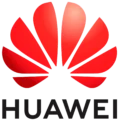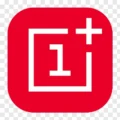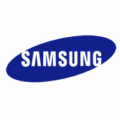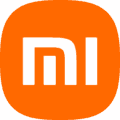- iLove Mobile
- Mobiles
- OnePlus 15 Phone Price in India
OnePlus 15 Phone Price in India
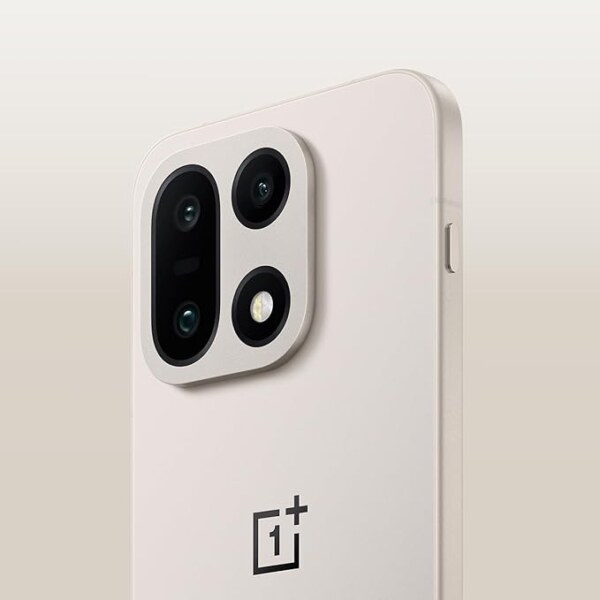

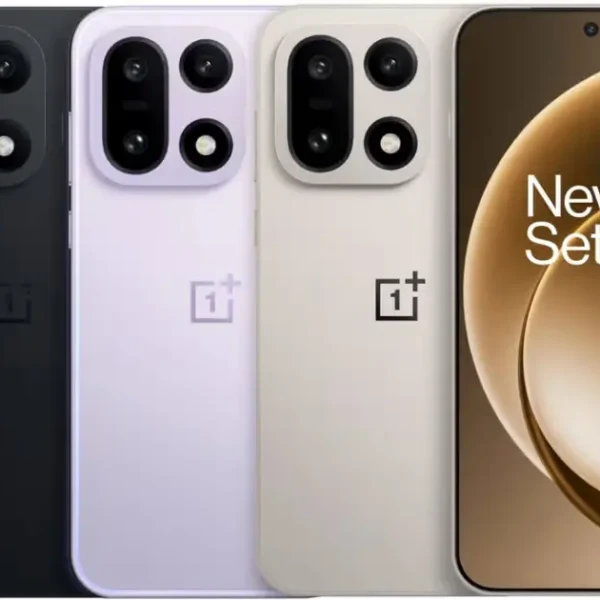

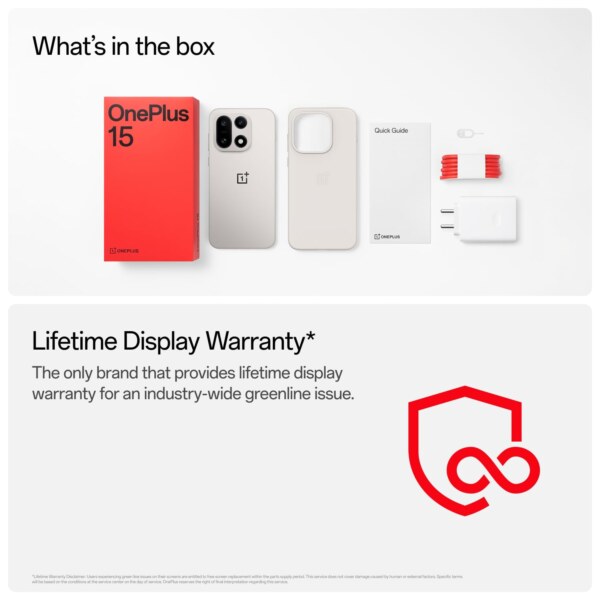

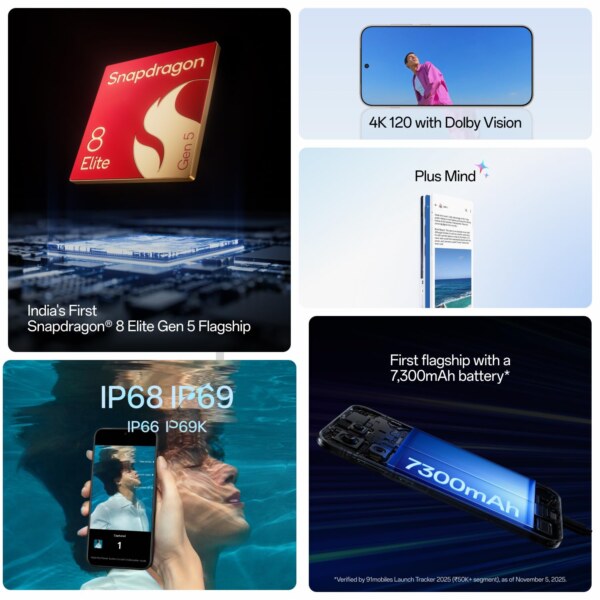
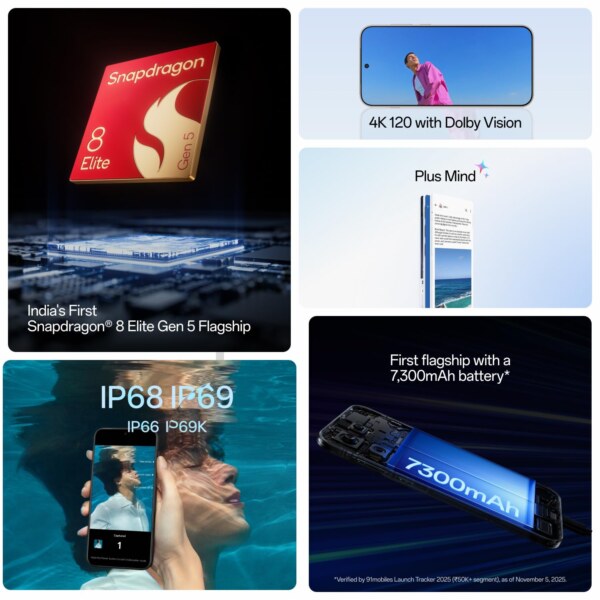
-
CPU: Qualcomm Snapdragon 8 Elite Gen 5
-
RAM: 12GB
-
Storage: 256GB
-
Display: LTPO AMOLED
-
Camera: Rear 50MP, Front 32MB
-
OS: Android v16 Color OS
OnePlus 15 Phone Price: OnePlus has officially announced the India launch of its next Model the OnePlus 15. High performance Mobile. If you’ve buy new Mobile just hold Few Days. just review This powerful new smartphone.
OnePlus 15 Phone Price India Launch Date & Sale Time
- Launch Event Date: November 13, 2025
- Event Time: 7:00 PM IST
- Open Sale Start Time: 8:00 PM IST on the same day
OnePlus 15 Phone Expected Price in India:
- Price 72,999
Where to Buy the OnePlus 15 in India
- Amazon India: Click Here
- OnePlus India Store: Click Here
OnePlus 15 (Quick Specs Overview)
- Processor: The latest Qualcomm Snapdragon 8 Gen 5 chipset, promising top-tier performance and gaming capabilities.
- Display: A vibrant and fluid LTPO AMOLED display with a 120Hz refresh rate.
- Camera System: A flagship-tier triple camera system developed in partnership with Hasselblad, likely featuring a new primary sensor for improved low-light photography.
- Design: A premium build with a sleek aesthetic, continuing the brand’s design philosophy.
- Battery & Charging: A large battery capacity paired with incredibly fast SUPERVOOC wired charging.
Compare : OnePlus 15 and iQOO 15
Full Specifications
General
| Device Types | Mobile |
| Model | OnePlus 15 |
| Price | 72999 |
| Released | 13 November, 2025 |
| Status | Coming Soon |
Design
| Type Design Type called form factor refers to a mobile phone's size, shape, and style as well as the layout and position of major components of phone. There are three major form factors seen in mobile phones => bar phones, folding phones and sliding phones. | Bar |
| Colors | Back: Crystal Shield Glass, Glass Fiber |
| Height | 161.42 mm |
| Width | 76.67 mm |
| Thickness | 8.10 mm |
| Weight | 211 grams |
Network
| 4G Network |
TD-LTE 3500(band 48) / 2600(band 38) / 2300(band 40) / 2500(band 41) / 2100(band 34) / 1900(band 39) / 3500(band 42) FD-LTE 1700(band 66) / 2100(band 1) / 1800(band 3) / 2600(band 7) / 900(band 8) / 700(band 28) / 1700(band 4) / 850(band 5) / 850(band 18) / 850(band 19) / 800(band 20) / 850(band 26) |
| 5G Network |
FDD N1 / N3 / N5 / N7 / N8 / N20 / N26 / N28 TDD N38 / N40 / N41 / N48 / N66 / N77 / N78 / N79 / N80 / N81 / N83 / N84 / N89 |
| SIM SIM (Subscriber Identity Module) is a small card that contains mobile network subscriber's account information. This allows the phone using the card to attach to a mobile network. The SIM card is most commonly associated with GSM and UMTS mobile networks. Moving a SIM card from one phone to another allows a subscriber to switch mobile phones without having to contact their mobile network carrier. SIM cards can also be used by a phone to store limited amounts of data, such as phone numbers and text messages. | Nano SIM |
| Dual SIM | Yes |
Display
| Screen Type | LCD |
| Screen Size | 6.78 inches (17.22 cm) |
| Resolution | 1272x2772 px (FHD+) |
| Refresh Rate | 60Hz |
| HBM Brightness | 1800 nits |
| Peak Brightness | 800 nits |
| Pixel Density Pixel Density (PPI) is refers to the concentration of pixels on a particular display, measured in pixels per inch (ppi). Pixel density is calculated by dividing the diagonal pixel resolution of a display by its diagonal size, higher pixel density better display quality. | 450 ppi |
| HDR Mode |
Multimedia
| Audio features | Dual speakers |
Camera
| Primary Camera is able to capture photographs and usually videos, The most important characteristics of a camera are the resolution (measured in megapixels), lens focus type (fixed or automatic), higher megapixel cameras are known to capture higher quality photos, but not always a good measurement of the photos quality. | 50MP |
| Secondary Camera | 50MP |
| Tertiary Camera | 50MP |
| Flash Flash Light => There is commonly two types of flash lights are used in camera mobile phones, LED Flash (LED flash offers lower power consumption with drive circuitry that takes up very little room, LEDs can be strobed faster than any other light source), Xenon Flash (xenon flash produces an extremely intense full-spectrum white light for a very short duration) | LED Flash |
| Video Quality | 7680x4320 @ 30 fps 3840x2160 @ 30 @ 60 @ 120 fps 1920x1080 @ 30 @ 60 @ 240 fps 1280x720 @ 30 @ 240 @ 480 fps |
Software
| Operating System OS => Every computer system run on a base software called Operating System (OS). Operating System controls all basic operations of the computer (such as smartphone, PDAs, tablet computers and other handheld devices). The Operating System allows the user to install and run third party applications (apps), apps are used to add new functionality to the device. | Android v16 |
| Custom UI | Color OS |
Hardware
| Chipset Chipset is a group of integrated circuits designed to perform one or a more dedicated functions, often with real time computing constraints, Popular smartphones are equipped with more advanced embedded chipsets that can do many different tasks depending on their programming. | Qualcomm Snapdragon 8 Elite Gen 5 SM8850-AC |
| CPU CPU (Central Processing Unit) mostly known as processors, CPU processes instructions in order to carry out certain functions that make your device operate properly. Processors are often described as the brain of computers, smartphones and tablets, Smartphones and tablets rely on processors to carry out their every task, Processors are an incredibly important factor in selecting any type of computing device, including your smartphone. | Octa core (4.6 GHz, Dual core, Oryon + 3.62 GHz, Hexa Core, Oryon) |
Connectivity
| Bluetooth Bluetooth is a wireless communications technology for exchanging data between mobile phones, headsets, computers and other network devices over short distances without wires, Bluetooth technology was primarily designed to support simple wireless networking of personal consumer devices. | v5.0 |
| Wi-fi Wi-Fi is a popular wireless networking technology using radio waves to provide high-speed network connections that allows devices to communicate without cords or cables, Wi-Fi is increasingly becoming the preferred mode of internet connectivity all over the world. | Wi‑Fi 4 = IEEE 802.11n: 2.4/5 GHz |
| USB | USB 1.1 |
| GPS GPS The Global Positioning System is a satellite-based radio navigation system, GPS permits users to determine their position, velocity and the time 24 hours a day, in all weather, anywhere in the world, In order to locate your position, your device or GPS receiver must have a clear view of the sky. | |
| NFC NFC (Near field communication) is a set of standards for smartphones and similar devices to establish peer-to-peer radio communications with each other by touching them together or bringing them into proximity, usually no more than a few inches. | |
| Earphone Jack | 3.5mm |
| HDMI HDMI (High-Definition Multimedia Interface) is a compact audio/video interface for transferring uncompressed video data and compressed or uncompressed digital audio data from a HDMI-compliant source device to a compatible computer monitor, video projector, digital television, or digital audio device. | |
| USB Ports | None |
Battery
| Battery Type Battery Type => Cell phones run on various kinds of batteries depending on the manufacturer, phone size or shape and features. There are basically four types of cell phone batteries => Lithium Polymer, Lithium Ion, Nickel Metal Hydride and Nickel Cadmium. | SiC (Silicon Carbon) |
| Capacity Battery Capacity is a measure (typically in Amp-hr) of the charge stored by the battery, and is determined by the mass of active material contained in the battery. The battery capacity represents the maximum amount of energy that can be extracted from the battery under certain conditions. | 7300 mAh |
| Fast Charging | Yes, 120W Super Flash Charging, 50% in 15 minutes |
| Wireless Charging Wireless Charging (Inductive Charging) uses an electromagnetic field to transfer energy between two objects. This is usually done with a charging station. Energy is sent through an inductive coupling to an electrical device, which can then use that energy to charge batteries or run the device. | Yes, 50W Wireless Charging |
Mobile Storage
| RAM (Memory) RAM (Random Access Memory) is a type of computer memory that can be accessed randomly, any byte of memory can be accessed without touching the preceding bytes that allows information to be stored and accessed quickly from random locations. RAM is the most common type of memory found in computer systems, smartphones, tablets and other electronic devices. | 512 MB |
| ROM | 64GB |
| OTG | |
| Memory Slot |
Sensor
| Fingerprint Type | On Screen |
Offers
-
 Flat INR 3500 Instant Discount on HDFC Bank Credit Card.
72999
Flat INR 3500 Instant Discount on HDFC Bank Credit Card.
72999
View Offer
Reviews
Disclaimer Note
Hello Mobile Lover we guarantee that the information on this page including the price, specs and images is 99% correct. We may get a commission for qualifying sales through our links.






